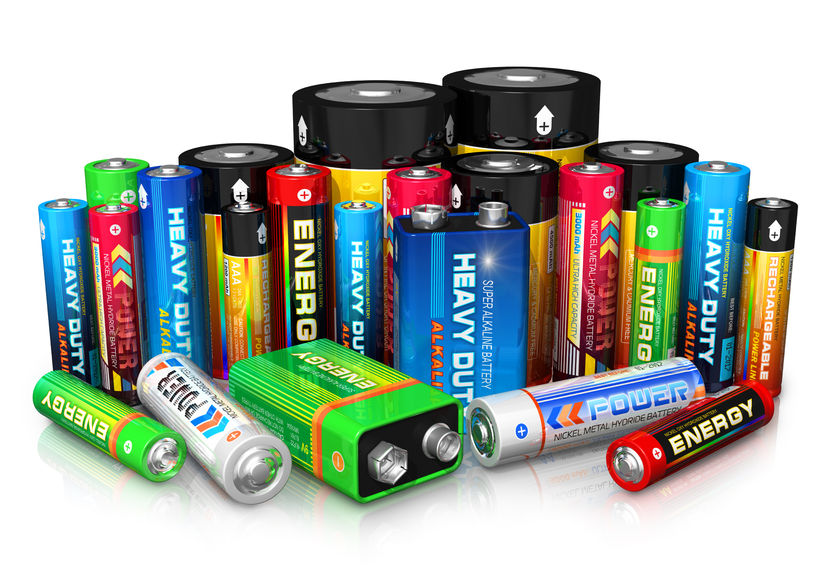The political fantasy of 100% renewable electricity is sweeping the nation. Governors and mayors, towns and cities, and whole States are vying for who can get there first. California’s 2045 target date was recently topped by Colorado’s incoming Governor’s announced target of 2040, just 21 short years from now.
This 100% goal sounds so good politically that it is irresistible. Clean energy for everyone. Unfortunately, converting America to 100% renewable energy is completely unrealistic as engineering, which means we are headed for big trouble. Committing to the impossible is a truly bad plan.
The problem is batteries, which we never hear about when these grand plans are announced. Batteries are not included, even though they will be needed in impossible quantities. Here are the simple facts which dare not be mentioned.
While there are “utility scale” battery systems, their national total is virtually zero compared to what would be needed to achieve 100% renewable generation of electricity. Renewable generators like wind and solar only generate less than 50% of the time, sometimes a lot less, sometimes not at all. This is called the problem of intermittency.
To overcome intermittency, we need to generate a lot more juice than needed when the renewable generators are working and store it to use when they are not working, which is most of the time. This can be done for a house, especially one that uses very little electricity. It does not work for a nation that uses a lot of juice per capita, far more than a house does.
Household electricity is actually a relatively small fraction of power usage. There is also commercial usage, from office buildings and malls to server farms. There is municipal usage, like street lighting, water supply and sewage treatment. Then there is massive industrial usage, up to and including steel mills.
Note too that many of the same people who are calling for 100% renewable power are also calling for converting our transportation system to electric power, by banning the internal combustion engine. This added demand for juice would roughly double today’s need. Let us ignore this for the moment, but keep it in mind.
Just building the renewable generating capacity to go 100% is a monster job, especially over just 20 to 25 years. America’s generating capacity today is well over a million megawatts (MW). Most of this is nuclear, coal or gas fired. Wind is around 100,000 MW and solar maybe 50,000 MW (including personal residential stuff). So getting to a million MW of wind and solar is a huge task.
But given intermittency, building that entire monster renewable generating capacity still only gets us less than half way there. We also need to be able to store more than half of the output, on average.
Even worse, we have to be able to handle the high end cases, where the renewable generators do not work for several days at a time. For example, the maximum use of electricity often happens during heat waves where there is very little wind. These heat waves can easily last a week. Because they are due to large stagnant high pressure systems, these low wind heat waves can cover vast portions of the U.S., knocking out all of the wind power. On the solar side, in many parts of the country it is not unusual to have a week of cloudy and rainy or snowy weather.
While there are a few utility scale battery installations around, they just amount to something like 1,000 MW nationwide. Compared to the million or so MW of renewable generating capacity needed (not including electric cars and trucks), this is simply nothing.
Actually, battery capacity is measured in two important ways. MW is how fast you can get the power out of them, while megawatt-hours (MWh) is how much juice they hold. Both are important when it comes to backing up renewable generators.
For example, suppose we have a 1,000 MW wind farm and there is little wind for 5 days. We need a battery system rated for 1,000 MW and 120,000 MWh (which is a great deal).
So for 100% national renewables we might need over one million MW of batteries with 120 million MWh of generating capacity. (The actual calculation is much more complex than this notional one.) And if we electrify all of our internal combustion uses it would be a great deal more, maybe even twice as much.
So here we are, needing a stupendous amount of battery storage capacity in order to get to 100% renewable generation, with nothing. Where is this taken care of in the 100% fantasy plans? Why aren’t the politicians talking about batteries, when they are a bigger deal than wind and solar? Where will all these batteries come from, and where will they go?
Perhaps it is because batteries are nasty chemical systems that create lots of toxic waste. They tarnish the sublime image of “clean energy” even though they are fundamental to it.
We should start asking the politicians about the batteries.
